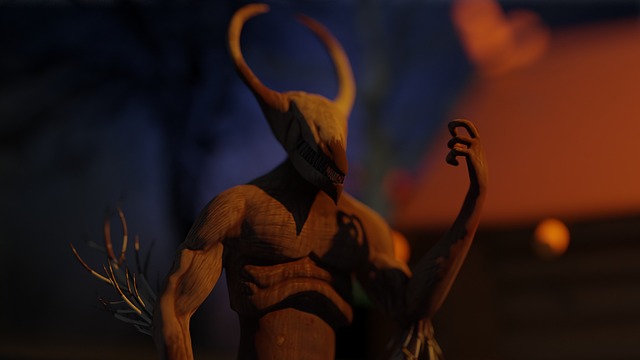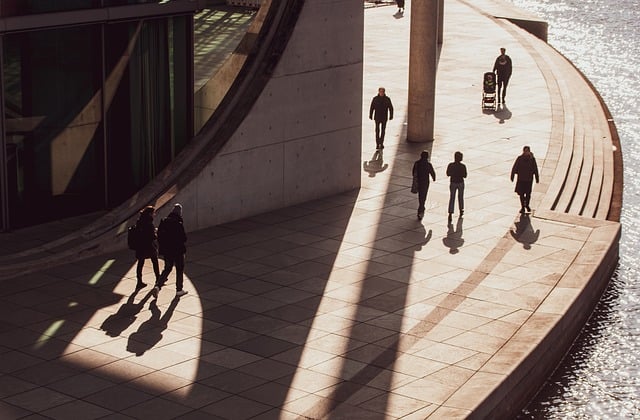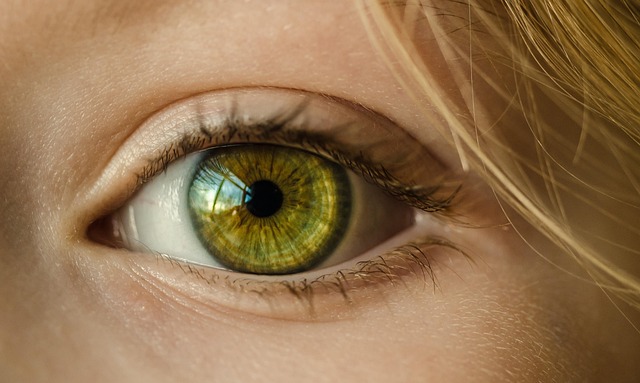There’s a unique thrill that comes with conjuring the monstrous onto canvas. It’s not just about depicting something frightening; it’s about tapping into primal fears, boundless imagination, and the sheer joy of crafting forms that exist purely in the mind. Painting monsters isn’t just a niche; it’s a profound act of creation, transforming the intangible into vibrant, tangible art.
Art: Beyond the Canvas
When you dip your brush into paint with a monster in mind, you’re not just replicating reality – you’re defining a new one. This is where the true freedom of art lies. You can play with anatomy, defy physics, and invent palettes that scream ‘otherworldly’. The texture of scales, the gleam of too many eyes, the dripping maw – each stroke is an opportunity to explore extremes. It’s a challenge to your technical skill, pushing you to render forms, light, and shadow that have no real-world reference point. It’s an exploration of mood; a monster isn’t just a shape, it’s an atmosphere of dread, awe, or even melancholy. The emotional resonance of your creature is as crucial as its physical depiction.
Design: Crafting the Nightmare
Bringing a monster to life through paint is fundamentally an exercise in design. It requires thoughtful consideration beyond just ‘make it scary’. What is its purpose? Where does it live? How does its form relate to its function (even if that function is just terror)?
- Form and Anatomy: Do you give it familiar structures warped into the grotesque, or something utterly alien? The design choices in limbs, heads, teeth, and claws speak volumes about its nature.
- Color Palette: Are its hues sickly and muted, vibrant and aggressive, or camouflaged within its environment? Color is a powerful tool for setting the mood and defining the creature’s presence.
- Texture and Detail: Is its skin smooth and slick, rough and scaly, covered in matted fur, or something entirely imagined? Details, or lack thereof, add layers of realism (or surrealism) to the design.
- Environmental Integration: How does the monster interact with or dominate its surroundings? The design should feel cohesive within its painted world.
Painting monsters is a journey into the unknown, a fusion of technical skill and wild imagination. It’s about embracing the bizarre, the terrifying, and the fascinating, and giving it form through the transformative power of paint. It’s an intensely personal process, but one that taps into universal themes of fear, wonder, and the limitless potential of creative expression.



